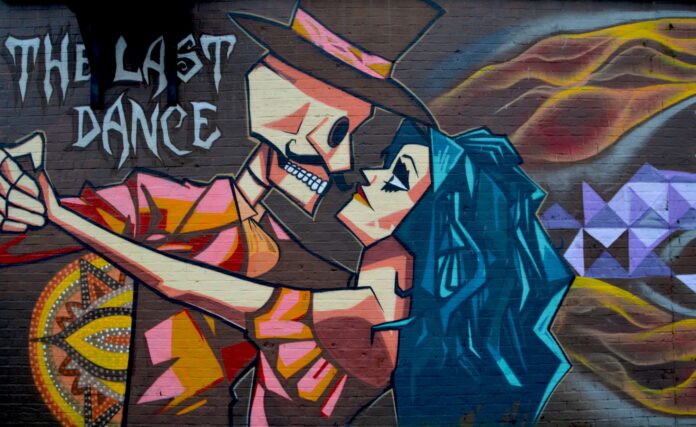Urban renewal is the process of improving an existing urban area to meet current needs. While also preserving and enhancing the historic and cultural significance of the area. While urban renewal has often been associated with large-scale infrastructure projects and economic development initiatives, art has increasingly been recognized as a powerful tool for revitalizing and transforming cities and neighborhoods. In this article, we will explore the history of art in urban renewal, the benefits of art in urban renewal, successful examples of art in urban renewal, and the challenges and criticisms.
The History of Art in Urban Renewal
Art has been incorporated into these projects for centuries, with early examples including public murals and sculptures that celebrated the history and culture of local communities. However, the use of art in these renewal projects gained momentum during the 20th century with major movements such as the City Beautiful movement and the New Deal, which sought to beautify and revitalize urban areas through public art installations and other creative initiatives. Today, art continues to play a critical role in urban renewal projects around the world, with many cities recognizing its potential to engage and inspire residents, attract tourists, and boost economic growth.
The Benefits of Art in Urban Renewal
Art can bring a plethora of benefits to urban renewal projects. Economically, public art installations can attract tourists, generate foot traffic, and increase local business revenue. Socially, public art can create a sense of community, preserve cultural heritage, and promote social cohesion. Moreover, art can also enhance the quality of life for residents by providing them with accessible and enjoyable spaces for creative expression and relaxation. Finally, public art installations can serve as a platform for addressing environmental issues and raising awareness about sustainability and climate change, contributing to the overall environmental health of the community.
Successful Examples of Art in Urban Renewal
There are many successful examples of art in urban renewal projects around the world. One notable example is the High Line in New York City, a public park built on an abandoned elevated railway that runs through Manhattan’s West Side. The High Line features a range of art installations and cultural programming and has become a major tourist attraction and a symbol of the city’s creativity and innovation. Another example is the Wynwood Walls in Miami, a series of murals and street art installations that have transformed a once-blighted industrial area into a vibrant arts district. Finally, the Beltline in Atlanta, a 22-mile greenway that circles the city’s urban core, features a range of public art installations and has become a model for sustainable urban development.
Challenges and Criticisms
While art has many potential benefits for urban renewal projects, there are also challenges and criticisms to consider. One concern is the displacement of local residents, as gentrification and rising property values can push out longtime residents and businesses. Additionally, there is a risk that public art installations can become too commercialized or generic, losing their connection to the local community and culture. Finally, the gentrification debate raises questions about who benefits from these projects and whether they serve the needs of all residents equally.
Conclusion
To sum up, the use of art in urban renewal projects has become increasingly recognized as a valuable approach for revitalizing cities and neighborhoods. By offering a range of economic, social, and environmental benefits, art installations and cultural programming can inspire and engage communities, enhance the quality of life, and drive tourism and economic growth. However, it is important to consider potential challenges and criticisms, such as the displacement of residents and the risk of commercialization. By carefully balancing the benefits and potential risks, urban planners and community leaders can leverage the power of art to create more vibrant and sustainable cities for all residents. As we face ever-evolving challenges, art’s potential for innovation and creativity will continue to offer new possibilities for urban renewal.
And as always folks be sure to check out the Global Growth Forum and read some of the latest articles that are both interesting and informative covering a wide range of topics. Or if you would like to read some of the latest articles in Hindi be sure to check out the Mojo Patrakar.









